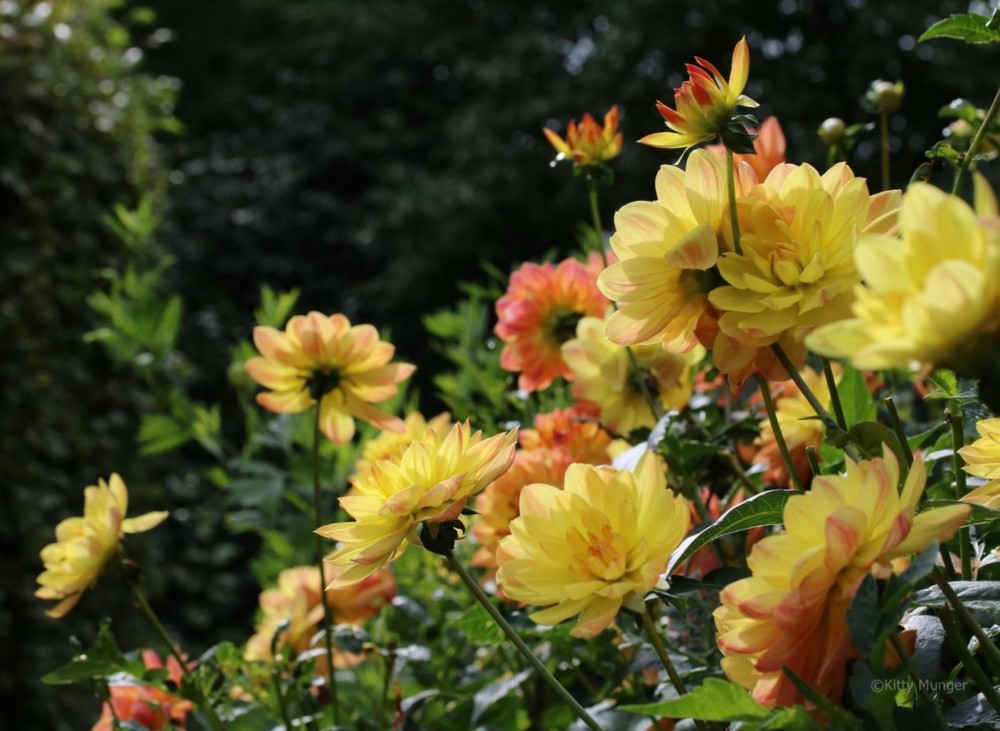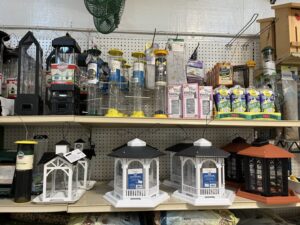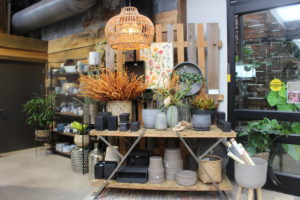
10 Tips for Garden Retailers to Take Great Photos
Whether snapping photos on your smartphone to post on your social media pages or staging plant product shots for your website, taking photos is key to your marketing plan.
Here are a few tips you can use today to take better photos. We’re keeping it basic here, but there is a wealth of information on the web about photography — from how to get started, to what lens to use in different situations.
1. Get to Know Your Camera
Whether you have a digital SLR camera, a point-and-shoot or a smartphone, get to know your camera. What features does it have? And while it may sound boring, set aside some time to review your camera manual and play with each feature. The manual provides a good foundation, but nothing replaces taking photos and trying every feature. Shoot a little of everything, look at your results … you can always delete what you don’t like.
2. Basic Composition: The Rule of Thirds
How you position elements in your camera frame can make the difference between a well-composed photo and a boring one. There’s a tried-and-true rule that usually always works: The Rule of Thirds. This is a basic composition principle that will help you take interesting and creative photos using any camera. When you look through the viewfinder or at the screen, imagine a tic-tac-toe board. The main subject in your photo should be where the lines intersect, not in the center of the frame. There are always exceptions, of course. Sometimes you want the bloom of a flower to be dead center to show symmetry and detail. In general, though, keep the Rule of Thirds in mind.
3. Look at Every Angle
Look for the most interesting view of your subject. Many people take photos straight on. Try shooting from above or crouch down and shoot from below. Take a few steps to the side for a different angle. If you have something you like, be sure to rotate the camera from landscape (horizontal) to portrait (vertical) modes so you have options for your website.
4. Framing Your Shot
When you’ve framed the shot you want, take a moment to look at the foreground and the background. If there is too much going on in the frame, your eye won’t know where to look. Frame your shot so the distracting elements are not visible.
5. Fill the Frame
If you want to show abundance when shooting flowers, for example, fill the frame with blooms. It’s a fun way to capture a lot of color and texture without focusIng on one flower.
6. Using Natural Light
When shooting anything outside, pay attention to how the sunlight is hitting your subject. You might see harsh shadows or glare. If you’re taking photos of flowers, for example, bright sunlight might wash out the colors. A good rule of thumb is to avoid taking photos in bright summer sunlight (between 10 a.m. and 3 p.m.) when the sun is at its peak. Get out early in the morning when the light is more delicate. Capturing a heavy dew or raindrops on flower petals or leaves makes very interesting photos. Late afternoon or early evening light is also beautiful.
7. Hold It Steady
Sometimes you want to take photos in low-light situations. Keeping your camera steady can be a challenge. If you don’t have tripod, here are a few ideas to help keep your camera still and steady.
- When you’re ready to push the shutter button, hold your breath then take the photo.
- Lean against something stable, like a table, wall or tree to help keep your body still.
- Place your camera on a table or counter and take the photo.
8. Get Up Close and Personal
Taking close-up photos of plants shows amazing detail in petals and leaves. Using a macro lens on a digital SLR opens a whole new world of creativity. If you don’t have a macro lens, zoom in as close as you can with your camera. Focus on one leaf or petal and fill the frame. Look at the colors and textures, and how the light is touching the petals. Shoot from behind to capture the petals as a silhouette. The background will be darker, and your eye will be drawn to the color and shape of the petal.
9. Don’t Delete Images
That is: don’t delete from your camera without downloading them. This is a lesson for those using a digital camera. Unless the photos are completely dark or too bright and washed out, download them and look at them on the computer screen. You can always edit a dark image on your computer or phone.
10. Have Fun!
Give yourself the chance to be creative. Try different camera modes, change the angle, get close to your subject, fill the frame. You may take two dozen images to get one good one. Just delete the rest and try again. And have fun!

















 Videos
Videos





